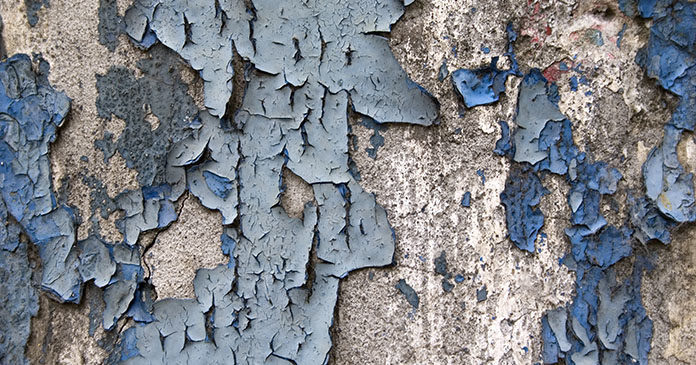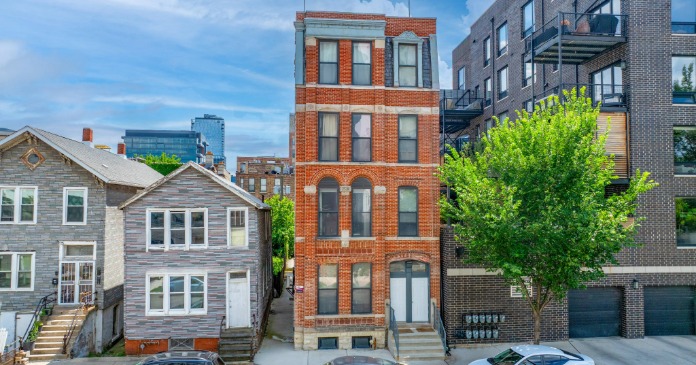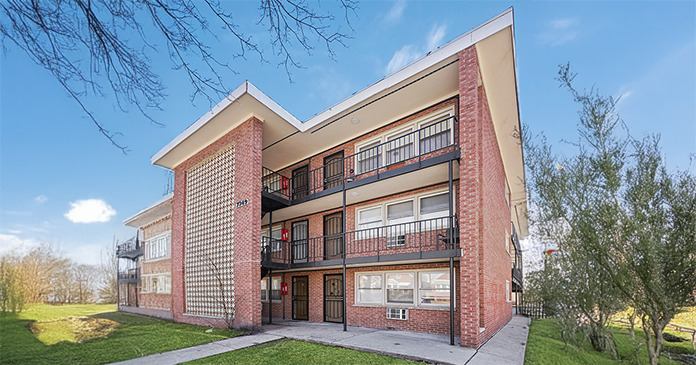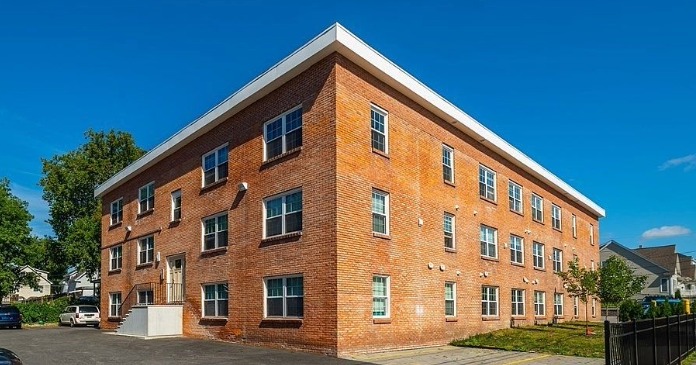To help protect children and seniors from exposure to lead and other home health hazards, the U.S. Department of Housing and Urban Development (HUD) today awarded $6.7 million to seven universities and public health organizations to improve methods for identifying and controlling residential health risks including lead-based paint, mold, secondhand tobacco smoke, and other indoor contaminants. Read a complete project-by-project summary of the programs awarded grants today.
The grants to states and local governments, institutions of higher education are being offered through HUD’s Lead and Healthy Homes Technical Studies Grant Program. The following is a state-by-state breakdown of the grant awards announced today:
| LEAD TECHNICAL STUDIES AND HEALTHY HOMES GRANTS | |||
| STATE | GRANTEE | GRANT AMOUNT | |
| Maryland | National Center for Healthy Housing, Inc. | $1,246,000 | |
| Massachusetts | Massachusetts Department of Public Health | $1,000,000 | |
| Tufts University | $779,935 | ||
| President and Fellows of Harvard College | $999,912 | ||
| New York | The Trustees of Columbia University in the City of New York | $991,572 | |
| Texas | Baylor College of Medicine | $1,000,000 | |
| The University of Texas at El Paso | $699,911 | ||
|
TOTAL |
$6,718,160 | ||
“This research will help communities create healthier home environments for families and seniors,” said HUD Secretary Ben Carson. “These grants not only save money but also help to prevent injuries from lead-based paint exposure and common housing-related health hazards.”
“It’s critical that we continue supporting research to develop evidence-based methods that make our homes safer places to live, said Matt Ammon, Director of HUD’s Office of Lead Hazard Control and Healthy Homes. “We know that poor quality housing can contribute to injury and illness, which is entirely preventable.”
HUD’s Office of Lead Hazard Control and Healthy Homes promotes local efforts to eliminate dangerous lead-paint and other housing-related health and safety hazards from lower income homes, stimulate private sector investment in lead hazard control, support cutting-edge research on methods for assessing and controlling housing-related health and safety hazards, and educate the public about the dangers of hazards in the home.













